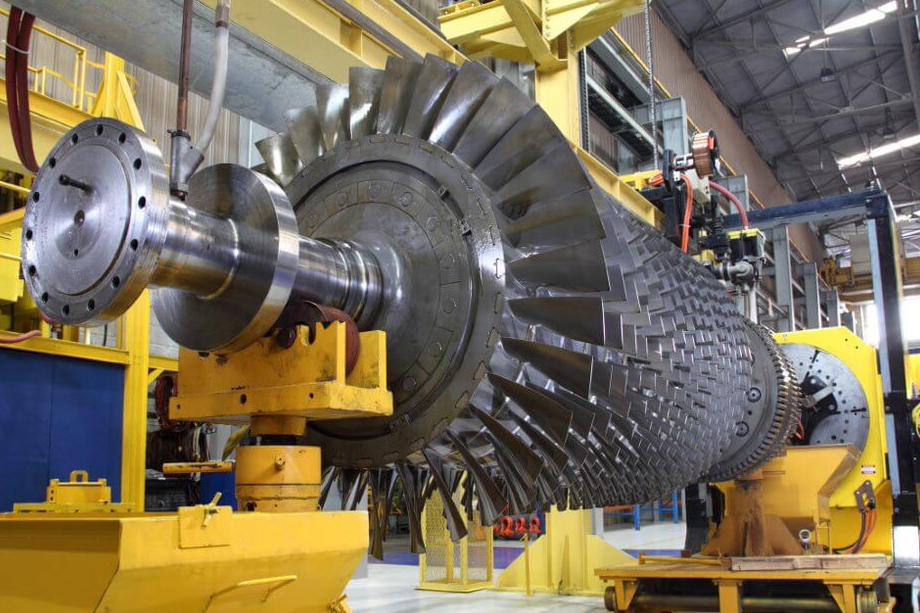What are the challenges of 3D printing in custom parts manufacturing, and how can they be addressed?
What Are the Challenges of 3D Printing in Custom Parts Manufacturing, and How Can They Be Addressed?
1. Surface Finish and Dimensional Accuracy
Challenge: Many 3D printed parts—especially those made via FDM or Powder Bed Fusion—have visible layer lines, high surface roughness (Ra > 5 µm), and inconsistent dimensional accuracy. These issues affect part performance, sealing surfaces, and visual aesthetics.
Solution: Apply post-processing techniques such as CNC machining, polishing, or electropolishing to meet precision and cosmetic standards. Use high-resolution processes like SLA or DLP for fine-featured parts.
2. Material Limitations and Property Variability
Challenge: Not all materials available for 3D printing match the mechanical, thermal, or chemical resistance properties of conventionally manufactured counterparts. Some parts also suffer from anisotropy due to the layer-wise build structure.
Solution: Choose high-performance materials such as superalloys, titanium, or ceramics for critical applications. Apply heat treatment and HIP to improve density, isotropy, and strength.
3. Support Removal and Geometric Constraints
Challenge: Complex parts often require support structures, which can be difficult to remove in internal cavities or fragile areas, leading to damage or design limitations.
Solution: Optimize part orientation and design for additive manufacturing (DfAM). Use soluble supports in material jetting and FDM or redesign parts into modular sections for easy access and post-assembly.
4. Post-Processing Time and Cost
Challenge: Post-processing can account for up to 60% of the total production cost in custom part manufacturing, affecting scalability and lead time.
Solution: Use integrated workflows to combine printing with necessary finishing steps. Apply selective post-processing only where needed (e.g., machining functional interfaces but leaving non-critical surfaces as-printed). Choose plastic 3D printing or resin 3D printing for low-cost functional prototypes.
5. Certification and Repeatability
Challenge: In regulated industries such as medical or aerospace, traceability, process repeatability, and material certification are essential.
Solution: Implement validated processes, certified materials, and process monitoring. Use traceable powder sources and apply non-destructive testing methods like CT scanning or ultrasonic inspection.
Recommended Services to Overcome Custom Part Challenges
Neway provides comprehensive support for complex 3D printing challenges:
CNC Machining: For precision finishing and tolerance control
Heat Treatment: To enhance microstructure and strength
Hot Isostatic Pressing (HIP): To eliminate porosity and improve fatigue life
Surface Treatment: For corrosion, wear, and aesthetic enhancement
Resin 3D Printing: For high-resolution, support-friendly medical and consumer parts



